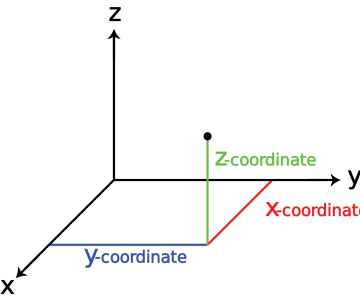Sean Carroll in Preposterous Universe:
 This year we give thanks for space. (We’ve previously given thanks for the Standard Model Lagrangian, Hubble’s Law, the Spin-Statistics Theorem, conservation of momentum, effective field theory, the error bar, gauge symmetry, Landauer’s Principle, the Fourier Transform, Riemannian Geometry, the speed of light, the Jarzynski equality, and the moons of Jupiter.)
This year we give thanks for space. (We’ve previously given thanks for the Standard Model Lagrangian, Hubble’s Law, the Spin-Statistics Theorem, conservation of momentum, effective field theory, the error bar, gauge symmetry, Landauer’s Principle, the Fourier Transform, Riemannian Geometry, the speed of light, the Jarzynski equality, and the moons of Jupiter.)
Even when we restrict to essentially scientific contexts, “space” can have a number of meanings. In a tangible sense, it can mean outer space — the final frontier, that place we could go away from the Earth, where the stars and other planets are located. In a much more abstract setting, mathematicians use “space” to mean some kind of set with additional structure, like Hilbert space or the space of all maps between two manifolds. Here we’re aiming in between, using “space” to mean the three-dimensional manifold in which physical objects are located, at least as far as our observable universe is concerned.
That last clause reminds us that there are some complications here.
More here.
